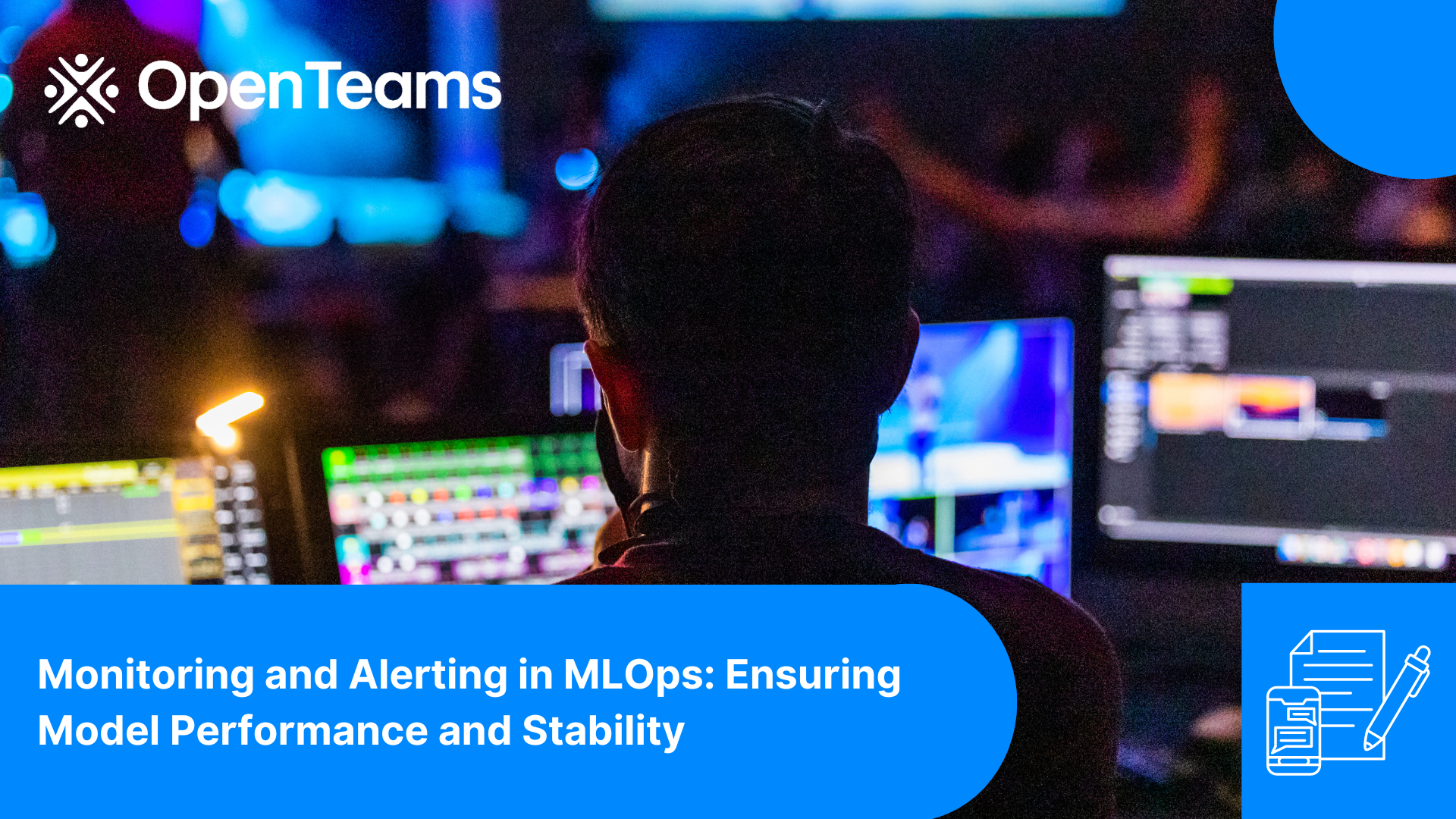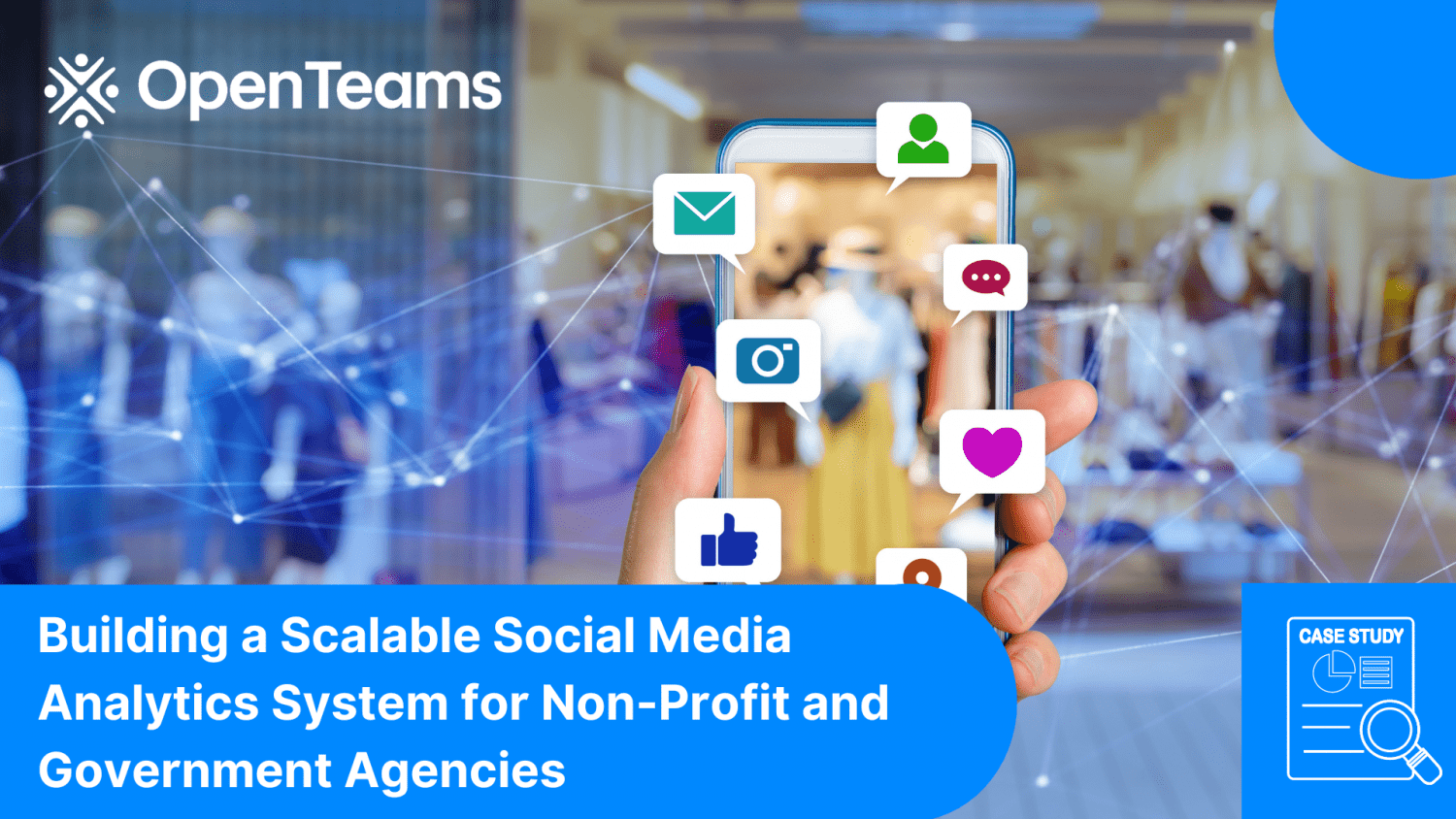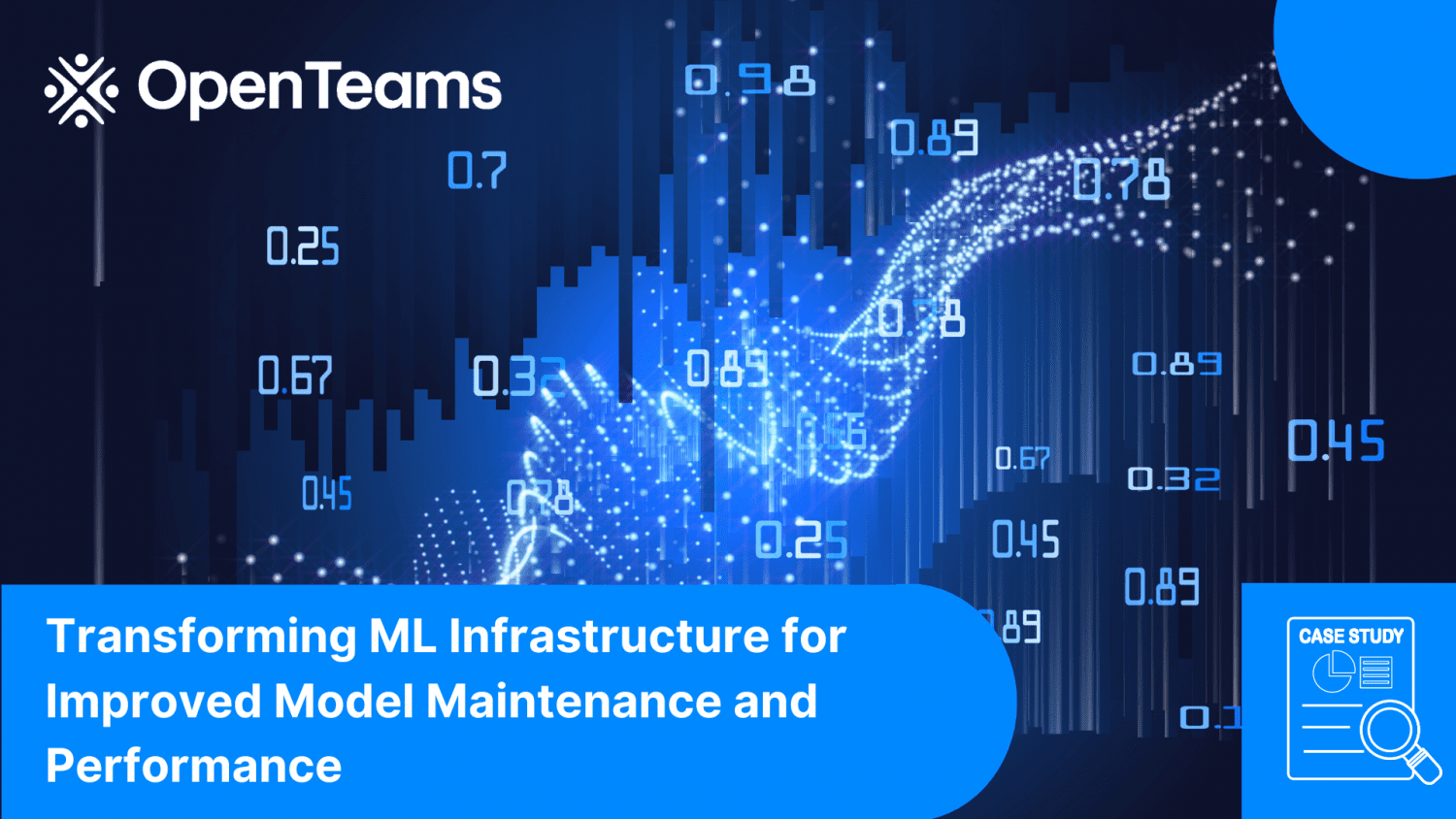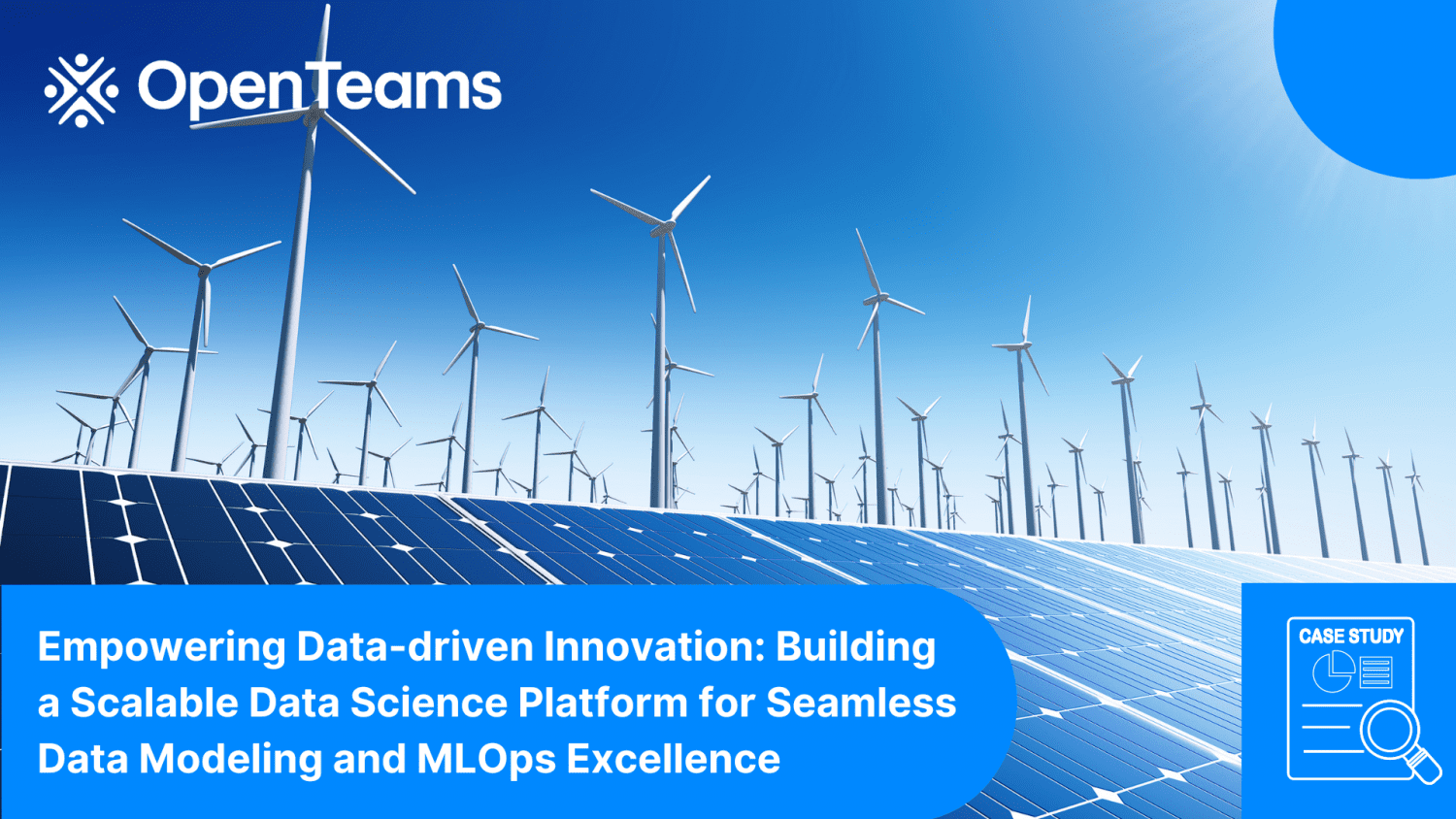
Optimizing Model Performance and Ensuring Operational Stability through Effective Monitoring and Alerting in MLOps
Introduction
In the field of Machine Learning Operations (MLOps), monitoring and alerting play a crucial role in ensuring the performance and stability of machine learning models. As organizations increasingly rely on machine learning to drive decision-making and automate processes, it becomes essential to establish robust monitoring and alerting systems that provide real-time insights into model behavior and detect potential issues or anomalies.
Monitoring and alerting in MLOps involve tracking various aspects of the machine learning lifecycle, such as data quality, model performance, infrastructure health, and deployment metrics. By proactively monitoring these factors, organizations can identify and address issues promptly, minimizing the impact on critical business operations. In this article, we will explore the importance of monitoring and alerting in MLOps and discuss best practices for implementing effective monitoring systems.
The Need for Monitoring and Alerting in MLOps
Machine learning models are built on vast amounts of data and intricate algorithms, making their behavior complex and sometimes unpredictable. As models are deployed in production environments, they interact with real-world data, which can change over time. Monitoring and alerting provide a means to understand how models are performing, detect any deviations from expected behavior, and take appropriate actions.
- Model Performance: Monitoring model performance is crucial for ensuring that predictions remain accurate and reliable over time. By monitoring key performance metrics such as accuracy, precision, recall, and F1-score, organizations can quickly identify if a model’s performance starts to degrade. This enables them to take corrective actions, such as retraining the model on new data or investigating potential data drift issues.
- Data Quality: In machine learning, the quality of input data significantly impacts model performance. Monitoring data quality involves tracking data characteristics, such as missing values, outliers, and distribution shifts. By continuously assessing data quality, organizations can detect anomalies or changes that may affect model performance and take corrective measures, such as data cleansing or updating preprocessing pipelines.
- Infrastructure Health: Machine learning models rely on underlying infrastructure, including servers, storage, and network components. Monitoring the health and performance of this infrastructure ensures that models have the necessary resources and respond within acceptable time limits. Deviations in infrastructure health, such as high CPU or memory usage, can impact model predictions or lead to system failures. By setting up alerts for infrastructure metrics, organizations can proactively address potential bottlenecks or resource constraints.
- Deployment Metrics: Monitoring deployment metrics provides insights into the overall health and behavior of the machine learning system. These metrics can include response times, throughput, error rates, and resource utilization. By monitoring deployment metrics, organizations can identify issues related to scalability, latency, or resource allocation and optimize their systems accordingly. Alerting on critical metrics ensures that stakeholders are promptly notified of any performance degradation or anomalies, enabling them to take immediate action.
Best Practices for Monitoring and Alerting in MLOps
To establish effective monitoring and alerting in MLOps, organizations should consider the following best practices:
- Define Key Metrics: Identify the most relevant metrics to monitor based on the specific requirements of the machine learning application. This may include model-specific metrics, data quality indicators, infrastructure health metrics, and deployment performance metrics. Clearly define thresholds or acceptable ranges for each metric to determine when an alert should be triggered.
- Real-Time Monitoring: Implement a real-time monitoring system that collects and analyzes data continuously. Real-time monitoring allows for immediate detection of anomalies or issues, enabling timely responses. Batch monitoring, which processes data in batches or at predefined intervals, may be suitable for some scenarios but may introduce latency in detecting and responding to issues.
- Automated Alerting: Set up automated alerts to notify relevant stakeholders when critical metrics cross predefined thresholds. Alerts can be sent through various communication channels, such as email, Slack, or SMS. It is important to configure alerts at appropriate levels of severity to avoid overwhelming teams with unnecessary notifications.
- Log Aggregation and Analysis: Centralize logs and monitoring data from various components of the MLOps infrastructure. Log aggregation platforms, such as Elasticsearch or Splunk, enable efficient searching, analysis, and correlation of logs across multiple systems. Log analysis can help identify patterns or root causes of issues and facilitate proactive troubleshooting.
- Anomaly Detection: Utilize anomaly detection techniques to automatically identify unusual patterns or outliers in monitored metrics. Machine learning algorithms, such as clustering, time-series analysis, or statistical methods, can be employed to detect anomalies. Anomaly detection enhances the ability to detect subtle changes or deviations that may not be easily identifiable through manual analysis.
- Data Visualization and Dashboards: Develop intuitive dashboards and visualizations to provide a comprehensive view of the monitored metrics. Visualization tools, such as Grafana or Kibana, enable stakeholders to monitor key metrics in real-time, identify trends, and investigate anomalies. Effective visualizations enhance situational awareness and facilitate prompt decision-making.
- Continuous Improvement: Monitoring and alerting systems should be continuously evaluated and improved. Regularly reassess the relevance of monitored metrics, refine alerting thresholds, and incorporate feedback from stakeholders. As models and applications evolve, monitoring systems need to adapt accordingly to address emerging challenges and changing requirements.
Conclusion
Monitoring and alerting are critical components of MLOps, ensuring the performance and stability of machine learning models in production environments. By monitoring key metrics related to model performance, data quality, infrastructure health, and deployment, organizations can proactively identify issues, minimize downtime, and maintain reliable machine learning systems. Implementing best practices such as defining key metrics, real-time monitoring, automated alerting, log aggregation, anomaly detection, data visualization, and continuous improvement will enable organizations to establish robust monitoring and alerting systems in MLOps. Ultimately, these systems contribute to enhanced decision-making, improved operational efficiency, and increased trust in machine learning applications.
About OpenTeams
OpenTeams is a premier provider of open source solutions for businesses worldwide. Our goal is to help organizations optimize their open source technologies through tailored support solutions that meet their unique needs. With over 680+ open source technologies supported, we provide unparalleled expertise and resources to help businesses achieve their goals. Our flexible support plans allow organizations to pay for only what they need, and our team of experienced Open Source Architects is available 24/7/365 to provide top-notch support and guidance. We are committed to fostering a community of innovation and collaboration, and our partner program offers additional opportunities for growth and success.
Related Articles
Computer Vision for Automatic Vehicle Damage Detection and Cost Estimation
Transforming ML Infrastructure for Improved Model Maintenance and Performance
Empowering Data-driven Innovation: Building a Scalable Data Science Platform for Seamless Data Modeling and MLOps Excellence
Unleashing Computational Speed: Enhancing Risk Models for Compliance in a Global Financial Powerhouse
Transforming Armed Forces Training: Reinforcement Learning for Enhanced Adaptability and Strategy Development
Unlock the power of open source for your business today
OpenTeams provides businesses with access to a team of experienced open source professionals who can help them unlock the power of open source technologies, delivering customized solutions tailored to their specific needs and goals. Get in touch with us today to learn how we can help you leverage open source to achieve your business objectives.






